The Best Vegetables to Grow in Pots
Introduction
Considering the Best Vegetables to Grow in Pots offers a convenient and rewarding way to grow fresh vegetables, even when outdoor space is limited. Ideal for small spaces like balconies, patios, and compact backyards, this method allows you to enjoy homegrown produce without the need for a large garden plot. With container gardening, you gain control over factors like soil quality, watering schedules, and sunlight exposure, tailoring the conditions to meet each vegetable’s specific needs. This flexibility not only supports healthy plant growth but also lets you experiment with various vegetables and arrangements to create a productive and visually appealing garden space.
In this guide, we’ll delve into the best vegetables to grow in pots, offering tips to help you maximize your harvest. From easy-to-grow leafy greens to compact root vegetables, you’ll discover options suited to both novice and experienced gardeners. We’ll also explore the unique benefits of each vegetable, from their nutritional value to how they enhance your container garden setup. Whether you’re aiming for a few herbs on your windowsill or a diverse mix of veggies on your balcony, container gardening makes it possible to cultivate fresh, flavorful produce right at home.

Why Choose Container Gardening?
Container gardening offers a flexible, accessible way to cultivate a productive vegetable garden, regardless of space limitations. It’s an ideal solution for urban gardeners, those with small yards, or anyone seeking an efficient, manageable approach to growing fresh produce at home. One major advantage of container gardening is mobility: you can move pots to capture optimal sunlight, protect plants during sudden weather changes, and adjust your layout as needed. This control allows you to create a dynamic, seasonally adaptable garden.
Additionally, growing vegetables in containers can make managing pests and diseases easier. With containers, you have better control over soil quality and can avoid some common soil-borne pests by using fresh potting mix. By incorporating techniques from raised bed vegetable gardening for beginners into your container setup, you can further improve soil drainage, aeration, and nutrient retention.
Containers also bring aesthetic benefits, allowing you to create an appealing, organized garden space that fits your personal style. From colorful pots to a variety of vegetables, container gardening lets you tailor your space to be as visually pleasing as it is productive. Ready to get started?
Let’s explore the top vegetable choices that thrive in containers and tips to make your container garden a success.
1. Tomatoes
Tomatoes are among the best vegetables to grow in pots. With ample sunlight and proper care, they produce high yields and bring vibrant color to any space.
Tips for Growing Tomatoes in pots
- Choose Large Pots: Use containers at least 18 inches deep to provide room for the root system.
- Provide Support: Use stakes or a cage to support your tomato plant, especially for indeterminate varieties.
- Ample Sunlight: Tomatoes need 6-8 hours of sunlight daily, so place pots in sunny areas for the best results.
Adding worm castings to your potting soil can help boost tomato growth, providing essential nutrients for healthy plants.
2. Leafy Greens
Leafy greens like spinach, kale, and lettuce are ideal and some of the easiest and Best Vegetables to Grow in Pots. These greens are shallow-rooted, making them suitable for small pots or window boxes.
Tips for Growing Leafy Greens
- Shallow Containers: Use pots around 6-8 inches deep for optimal growth.
- Partial Sunlight: While greens can tolerate some shade, they still thrive best with 4-6 hours of sunlight.
- Regular Watering: Leafy greens need consistent moisture to prevent wilting and bitter-tasting leaves.
Growing leafy greens is a great way to add variety to your container garden and can easily be combined with indoor window plants to create a fresh green environment.
3. Peppers
Peppers, both sweet and spicy varieties, are some of the best vegetables to grow in pots. They adapt well to container life, especially with adequate sunlight and watering.
Tips for Growing Peppers in Containers
- Deep Containers: Choose pots at least 12 inches deep to give roots plenty of room.
- Keep Warm: Peppers prefer warm temperatures, so choose dark-colored pots to help retain heat.
- Moderate Watering: Allow the soil to dry slightly between waterings to avoid root rot.
Adding peppers to your container garden introduces vibrant colors and can be enjoyed fresh or preserved for later use.
4. Carrots
Carrots are fun and rewarding to grow in containers. They are best grown in deep pots to allow proper root development.
Tips for Growing Carrots in Pots
- Deep, Loose Soil: Carrots need well-draining, loose soil to grow straight and long. Use containers at least 12 inches deep.
- Regular Thinning: Thin seedlings once they are a few inches tall to give each carrot enough space to grow.
- Consistent Moisture: Water evenly to ensure tender, sweet roots.
For more tips on growing root vegetables in containers, see our guide on when to dig sweet potatoes for harvesting and care advice.
5. Radishes
Radishes are some of the easiest and fastest-growing vegetables for container gardening, making them perfect for beginners.
Tips for Growing Radishes in Containers
- Shallow Pots: Radishes don’t require much depth—6 inches is usually enough.
- Cool Temperatures: Radishes do best in cooler weather, so plant them in early spring or fall.
- Moist Soil: Keep the soil evenly moist to prevent the radishes from becoming woody.
Growing radishes is an ideal way to start your container garden and enjoy a quick, tasty harvest.
6. Green Beans
Green beans adapt well to containers, especially if you choose a bush variety. For pole beans, a trellis or stake will help support their climbing nature.
Tips for Growing Green Beans in Pots
- Ample Space: Use containers at least 12 inches deep to allow room for roots.
- Trellis Support: Add a small trellis or stakes for pole beans, which climb as they grow.
- Full Sun: Green beans need plenty of sunlight to produce pods, so place pots in sunny locations.
For additional insight into growing climbing plants, check out our guide on how to hand pollinate squash to improve fruit set.
7. Potatoes
Potatoes may not be the first choice for container gardening, but they do well in larger pots, especially if grown in “grow bags.”
Tips for Growing Potatoes in Containers
- Layer Planting: Start with a few inches of soil, then add more as the plant grows, which encourages more tuber growth.
- Deep Pots: Potatoes need containers at least 16-18 inches deep to spread out.
- Frequent Watering: Potatoes are thirsty plants, so keep the soil consistently moist.
Potatoes are a satisfying crop to grow, and using containers helps keep them safe from soil-borne pests.
8. Cucumbers
Cucumbers are another popular vegetable to grow in pots, especially with bush varieties. They need vertical support to save space.
Tips for Growing Cucumbers in Pots
- Provide Support: Use a trellis or stake to support cucumber vines.
- Moisture Retention: Cucumbers require frequent watering, especially during hot weather.
- Sunlight: Ensure 6-8 hours of sun exposure to support healthy growth.
Container-grown cucumbers make it easy to enjoy fresh salads, and they’re perfect for small spaces. To encourage more fruit production, try hand pollinating cucumbers for improved yield.
9. Beets
Beets are perfect for container gardening, as they don’t require much space and grow relatively quickly.
Tips for Growing Beets in Pots
- Deep Soil: Use containers with at least 10 inches of soil depth to allow for root development.
- Partial Shade: Beets can tolerate a bit of shade, making them adaptable to various conditions.
- Frequent Harvesting: Harvest beet greens early, or let the root mature for a more substantial harvest.
Adding beets to your container garden is a great way to enjoy fresh, nutrient-rich produce at home.
10. Herbs
Herbs, though technically not vegetables, are essential in container gardens. They grow well in small pots, can be kept indoors, and add flavor to meals.
Tips for Growing Herbs in Containers
- Use Small Pots: Herbs like basil, parsley, and cilantro can thrive in shallow containers.
- Regular Harvesting: Pinch back leaves frequently to encourage bushy growth.
- Partial Shade: Many herbs tolerate partial shade, so they’re versatile for different locations.
Herbs are the perfect addition to a container garden and can elevate any dish with fresh flavor.
Final Thoughts on the Best Vegetables to Grow in Pots
Growing vegetables in pots offers a simple, rewarding way to enjoy fresh produce at home, regardless of available space. With the right selection of vegetables and some basic care techniques, you can transform a small balcony, patio, or even a sunny corner indoors into a thriving garden. Container gardening allows for easy customization and flexibility, making it accessible to gardeners of all levels, from beginners to seasoned green thumbs.
From fast-growing radishes to high-yield tomatoes, there are numerous vegetables suited for container gardening. Each offers unique benefits and can be grown with minimal effort, allowing you to harvest fresh produce throughout the season. For those new to container gardening, starting with a few manageable plants, like leafy greens or herbs, can build confidence and set a solid foundation for expanding your garden. Consider pairing vegetables with indoor window plants for an attractive and functional green space that enhances your home’s atmosphere while contributing to a sustainable lifestyle.
As you gain experience, experiment with different container arrangements, plant combinations, and pot sizes to optimize your yield and create a beautiful, productive garden space tailored to your needs. Whether you’re looking to grow a small herb garden, a salad bar, or a colorful mix of veggies, container gardening offers endless possibilities to bring fresh, homegrown produce to your table.


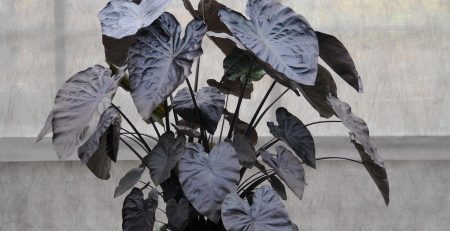
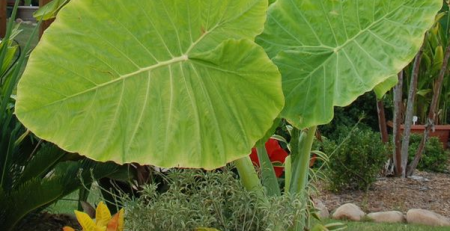
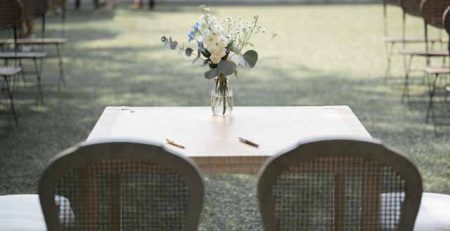


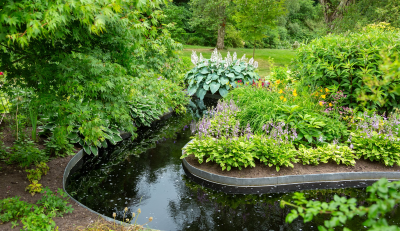
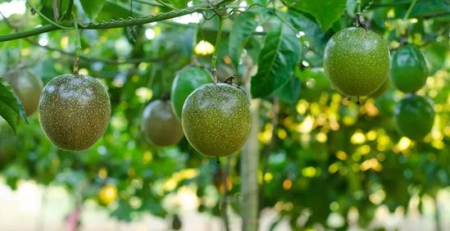
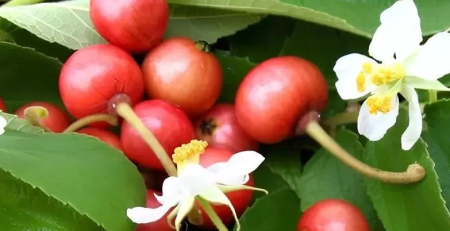
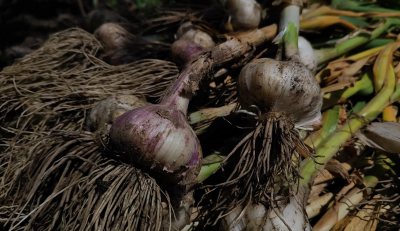
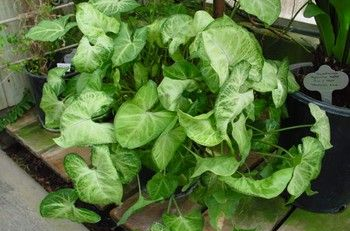
Leave a Reply